Exclusive first look: Knoll brings the mighty Tugendhat Chair back to life
Knoll is reissuing Mies van der Rohe’s Tugendhat Chair, and they took it back home to the Villa Tugendhat in Brno to celebrate its resurrection.
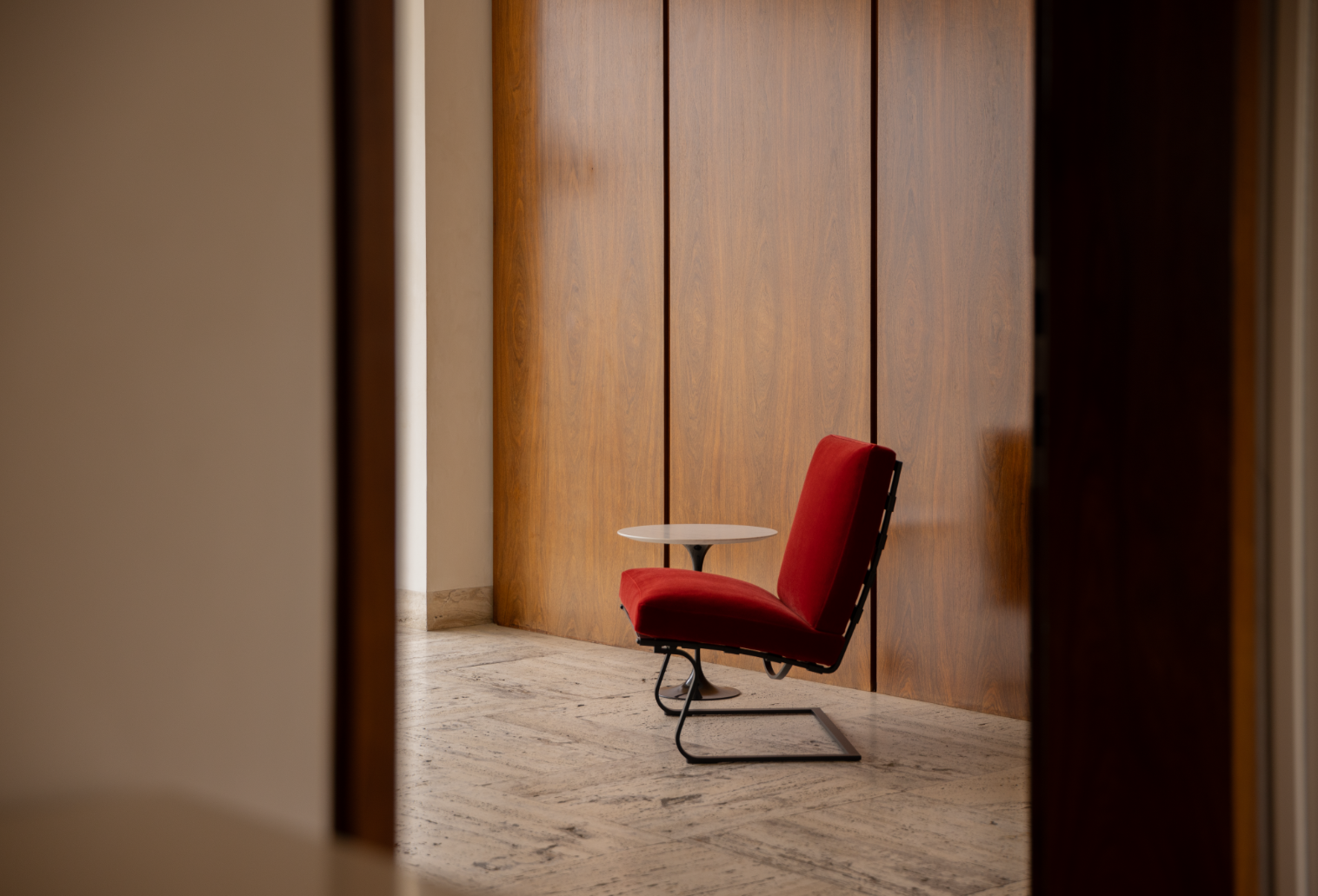

There is something undeniably, irrepressibly joyful about sitting on a good cantilever chair - the gentle bounce brings a child-like sense of glee to even the most curmudgeonly demeanour. And, after swooning at the preview unveiled during Salone del Mobile earlier this year, we are delighted that Knoll is bringing back one of history’s finest cantilevered seats to market: Ludwig Mies van der Rohe’s Tugendhat Chair.
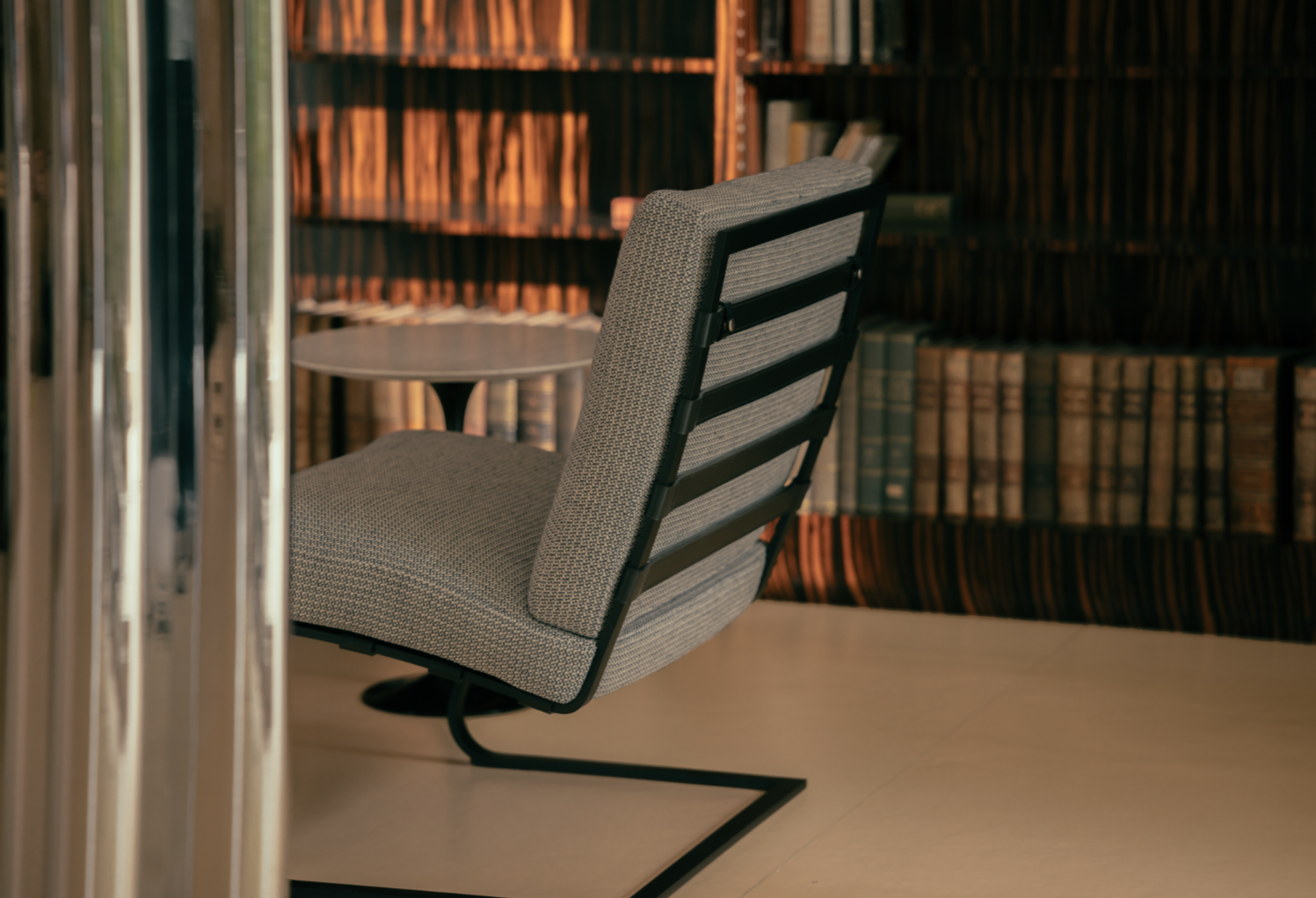
The Tugendhat Chair
The Tugendhat Chair was originally designed in 1929 for the legendary villa of the same name, itself designed and built for the family of the same name in Brno, in the Czech Republic, by Mies and Lilly Reich. The Tugendhat Villa is surely one of the greatest examples of total design. From landscape to architecture to interior to furniture down to every last detail, the villa was more than a project or a commission, it was a world-building exercise for van der Rohe and Reich, and the Tugendhats too, of course (one hopes). Still today, the experience of stepping into the villa and its grounds is utterly transporting. It is a portal to a beautiful, better world.
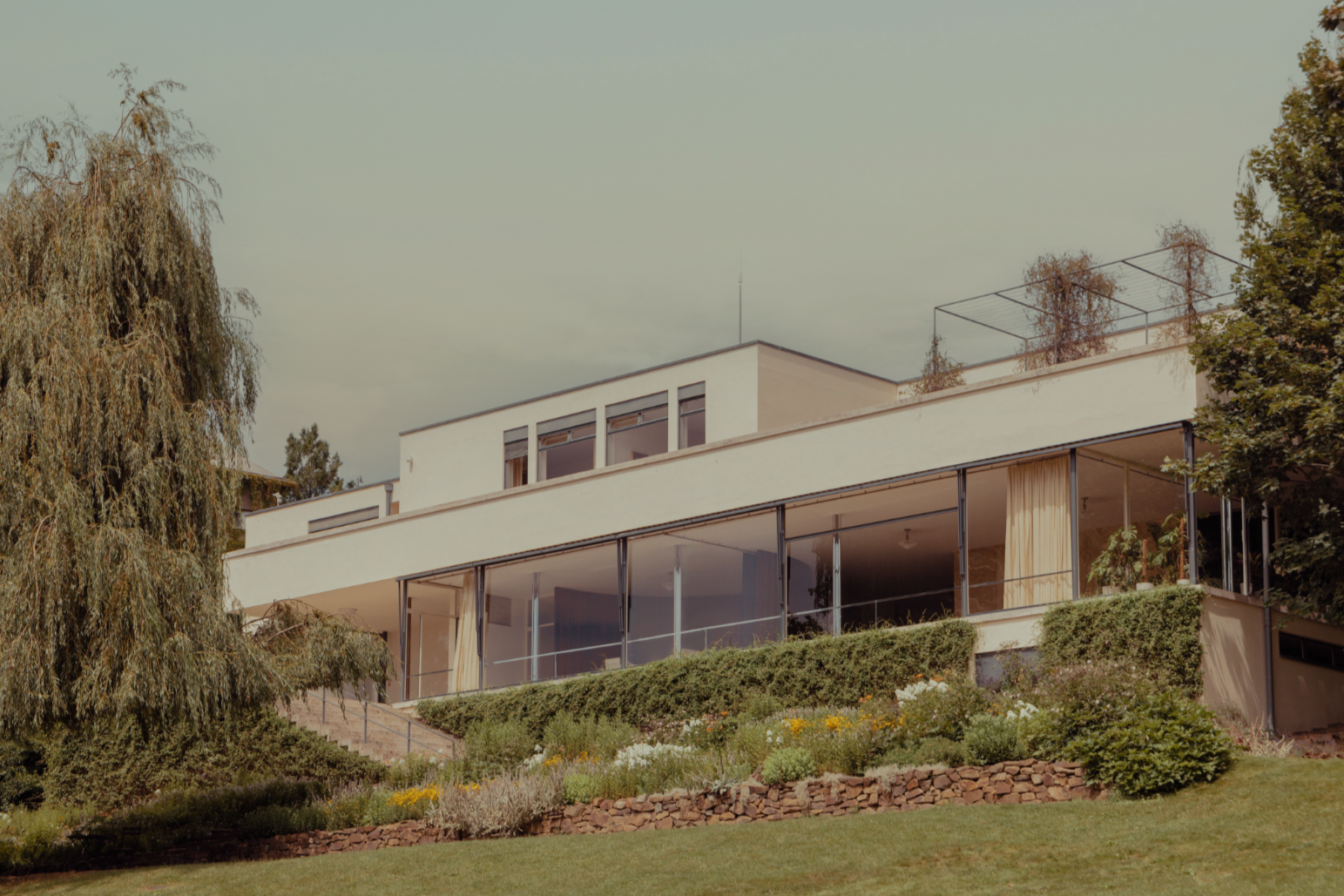
The Tugendhat Villa, Brno
So it was only fitting that the team at Knoll returned the Tugendhat Chair to its birthplace to shoot the campaign for its resurrection, and with magnificent results. The chair itself was last in production in 1979. The reissued model is carefully faithful to the original - bottoms have not grown so much it seems - today though, nearly every design element can be customised: from the stainless steel finish to a variety of upholstery and leather choices for the cushions to options for chairs with or without arms. We’ll take ours armless with burgundy mohair velvet upholstery please.

Tugendhat Chairs in the library at the Tugendhat Villa
As the Tugendhat Chair comes back to market, we asked Jonathan Olivares, Knoll’s senior vice-president of design, to give us his take on rebirthing an icon (and yes, this is one of the only times that dreaded word is truly fitting).
Wallpaper*: Why the decision to reissue the Tugendhat chair at this moment in time?
Jonathan Olivares: Because it's so outstanding and for whatever reason was no longer in production. The chair has always been relevant and will always be... like a Roman bathtub, or throne, it relates to and elevates the human body.

The Tugendhat Chair
W*: Did you uncover any surprising details or anecdotes in your research into the chair's origins?
Wallpaper* Newsletter
Receive our daily digest of inspiration, escapism and design stories from around the world direct to your inbox.
JO: There were some small discrepancies between van der Rohe's original drawings and some of the archival pieces that we found. The drawings had equal spacing between the straps and the upper backrest bar, the archival pieces had a larger gap. We ultimately went with the drawings which seemed better proportioned.

Tugendhat Chairs at home in the Tugendhat Villa
W*: Does it sit as happily in our lives today as it did in the 1930s?
JO: A remarkable aspect about van der Rohe's furniture is how rarified and exclusive it was. It was not meant to be affordable or democratic design. The Barcelona chair was made for the king and queen of Spain and the Tugendhat chair was for the wealthy owners of the villa Tugendhat. What is special today is that the designs, while remaining exclusive, are accessible to a wider public.
W*: Have you made any adaptations?
JO: The only adaptation are plastic glides that prevent the chair's steel base from scratching floors. Though purists can easily remove them.

Hugo is a design critic, curator and the co-founder of Bard, a gallery in Edinburgh dedicated to Scottish design and craft. A long-serving member of the Wallpaper* family, he has also been the design editor at Monocle and the brand director at Studioilse, Ilse Crawford's multi-faceted design studio. Today, Hugo wields his pen and opinions for a broad swathe of publications and panels. He has twice curated both the Object section of MIART (the Milan Contemporary Art Fair) and the Harewood House Biennial. He consults as a strategist and writer for clients ranging from Airbnb to Vitra, Ikea to Instagram, Erdem to The Goldsmith's Company. Hugo has this year returned to the Wallpaper* fold to cover the parental leave of Rosa Bertoli as Global Design Director.
-
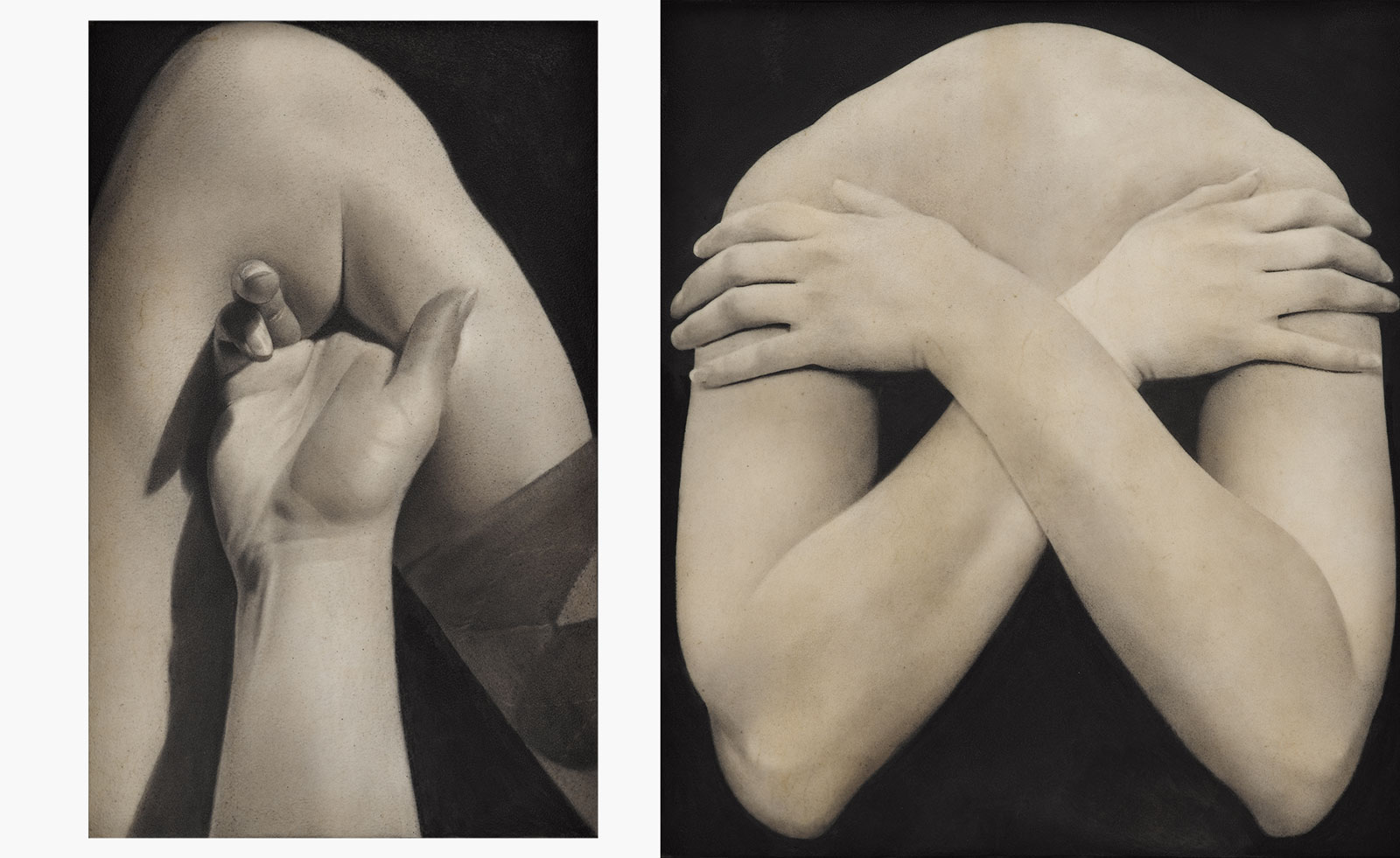 Put these emerging artists on your radar
Put these emerging artists on your radarThis crop of six new talents is poised to shake up the art world. Get to know them now
By Tianna Williams
-
 Dining at Pyrá feels like a Mediterranean kiss on both cheeks
Dining at Pyrá feels like a Mediterranean kiss on both cheeksDesigned by House of Dré, this Lonsdale Road addition dishes up an enticing fusion of Greek and Spanish cooking
By Sofia de la Cruz
-
 Creased, crumpled: S/S 2025 menswear is about clothes that have ‘lived a life’
Creased, crumpled: S/S 2025 menswear is about clothes that have ‘lived a life’The S/S 2025 menswear collections see designers embrace the creased and the crumpled, conjuring a mood of laidback languor that ran through the season – captured here by photographer Steve Harnacke and stylist Nicola Neri for Wallpaper*
By Jack Moss
-
 First Look: ‘It’s a chair that smiles at you,’ says designer Bruce Hannah
First Look: ‘It’s a chair that smiles at you,’ says designer Bruce HannahKnoll reissues the Morrison Hannah office chair from 1973, bringing a welcome dose of comfort to working life and simplicity to complex times
By Hugo Macdonald
-
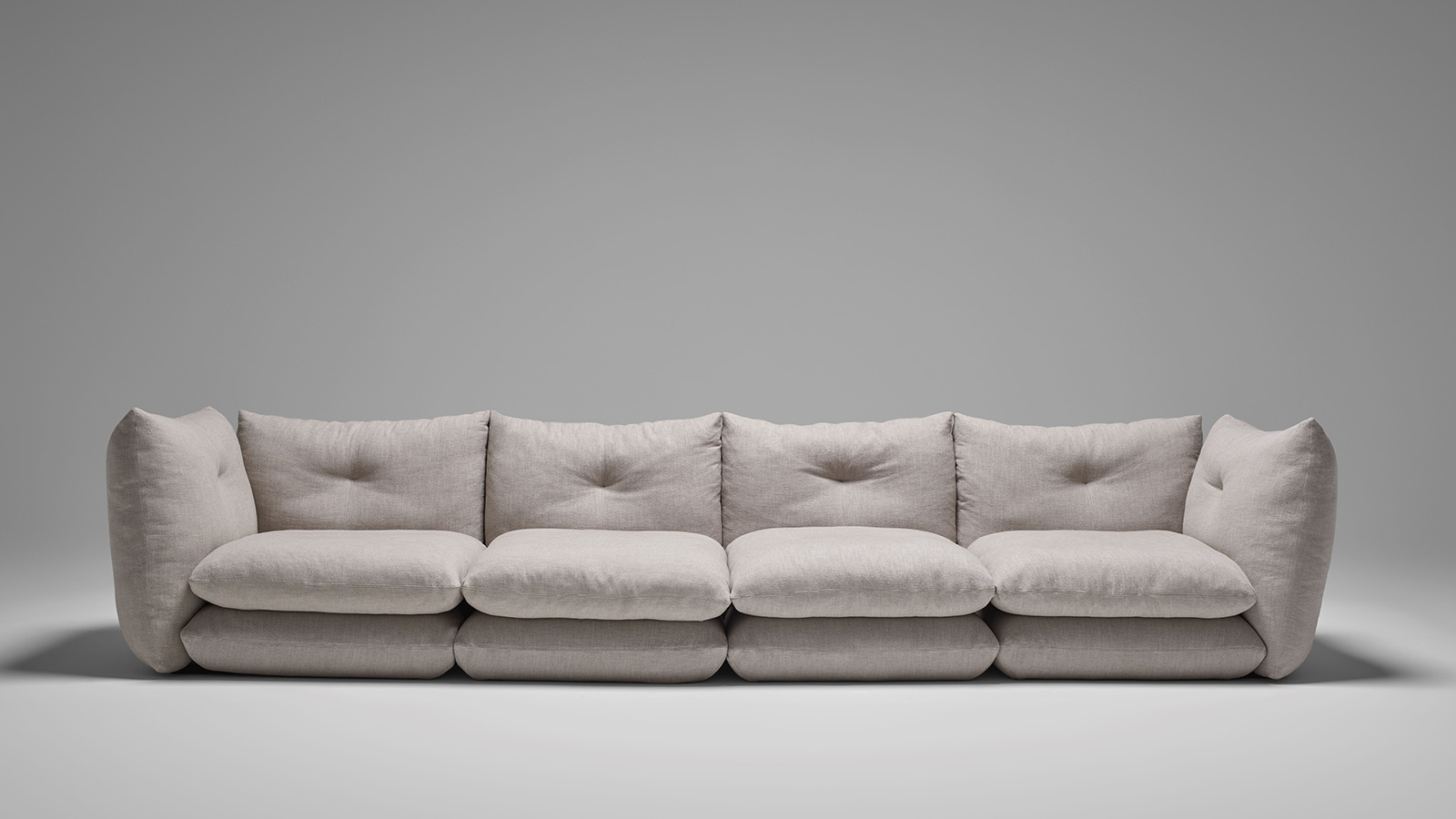 Knoll presents Willo Perron sofa at Salone del Mobile 2024, 'a piece that can stay with you forever'
Knoll presents Willo Perron sofa at Salone del Mobile 2024, 'a piece that can stay with you forever'Salone del Mobile 2024: the ‘Pillo’ sofa by Willo Perron for Knoll is the California-based designer’s first piece for the American brand, prioritising comfort and timeless usability
By Rosa Bertoli
-
 Knoll classics become unique works of art in the hands of Noel Mercado
Knoll classics become unique works of art in the hands of Noel MercadoChicago artist Noel Mercado transforms three Knoll classics into one-off works of art using discarded car parts
By Rosa Bertoli
-
 Jonathan Olivares is working wonders at Knoll, as the brand’s Salone pavilion attests
Jonathan Olivares is working wonders at Knoll, as the brand’s Salone pavilion attestsJonathan Olivares debuts plans to bring Knoll into the modern age, starting with its pavilion at Salone del Mobile 2023
By Pei-Ru Keh
-
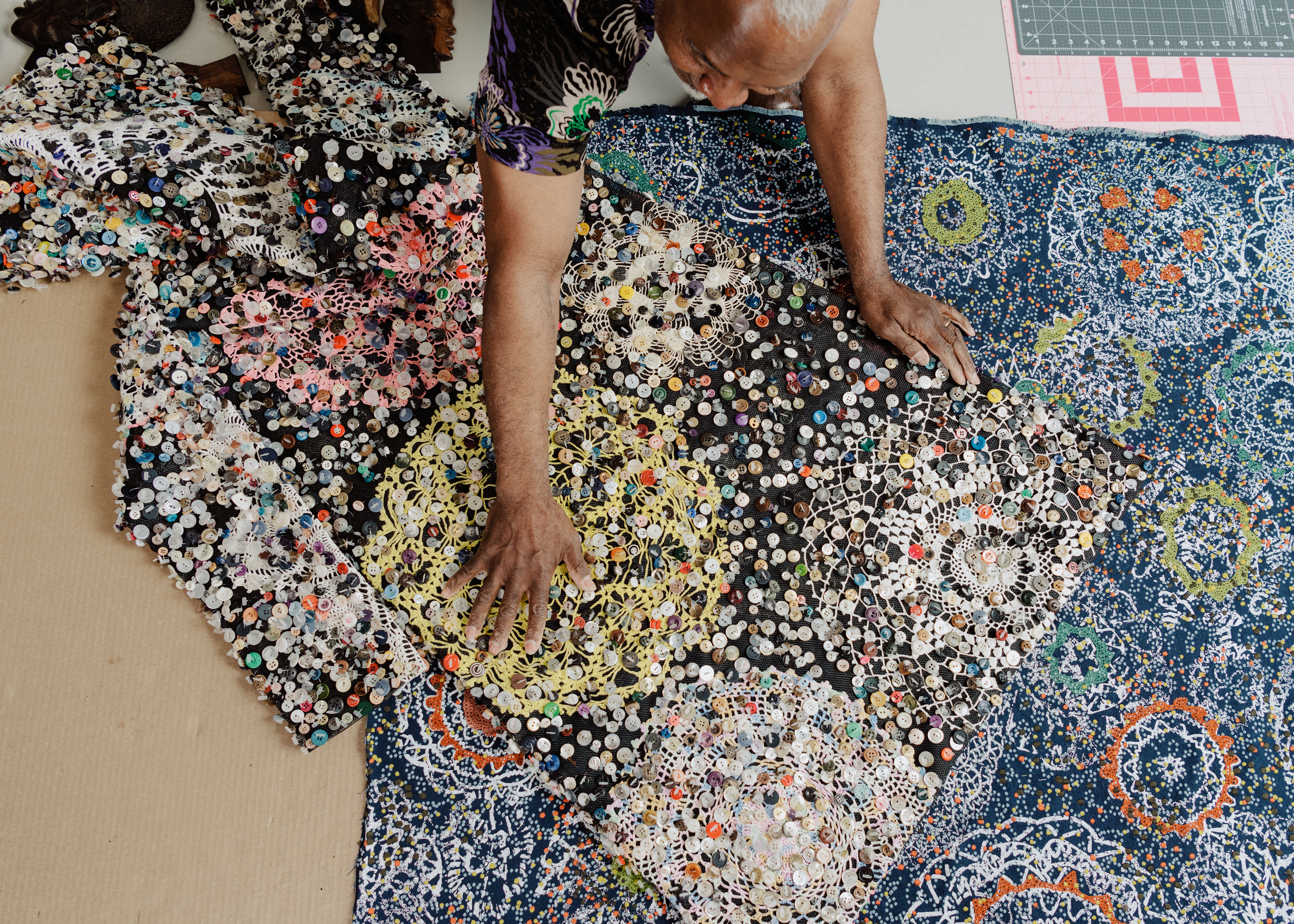 Nick Cave unveils vibrant textile collection inspired by his artworks
Nick Cave unveils vibrant textile collection inspired by his artworksAmerican artist Nick Cave’s vibrant creations have inspired an enchanting collection of home fabrics and wallcoverings for Knoll Textiles
By Pei-Ru Keh
-
 In memoriam: Florence Knoll Bassett 1917-2019
In memoriam: Florence Knoll Bassett 1917-2019By Sujata Burman
-
 Knoll nods to Moorish architecture in new LA store by Johnston Marklee
Knoll nods to Moorish architecture in new LA store by Johnston MarkleeBy Alexandra Pechman
-
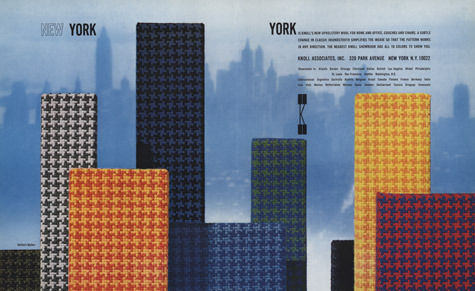 Book: Knoll Textiles, 1945-2010
Book: Knoll Textiles, 1945-2010By Apphia Michael